Rise of E-commerce and Online Retailing
The Hair Color Market is witnessing a transformative shift towards e-commerce and online retailing. With the increasing penetration of the internet and mobile devices, consumers are now more inclined to purchase hair color products online. This trend is supported by the convenience and variety offered by online platforms, allowing consumers to explore a wider range of products than traditional retail stores. Data suggests that online sales of hair color products have seen a significant increase, with projections indicating that e-commerce could account for over 25% of total sales in the coming years. This shift not only enhances accessibility but also enables brands to reach a global audience, thereby expanding their market presence within the Hair Color Market.
Increasing Demand for Hair Color Products
The Hair Color Market is experiencing a notable surge in demand, driven by changing consumer preferences and a growing inclination towards personal grooming. As individuals increasingly seek to express their identity through hair color, the market is projected to expand significantly. Recent data indicates that the hair color segment is expected to reach a valuation of approximately 30 billion dollars by 2026. This growth is further fueled by the rise of social media influencers promoting diverse hair colors, thereby encouraging consumers to experiment with their looks. The Hair Color Market is thus witnessing a shift towards more vibrant and unconventional shades, appealing to a younger demographic that values self-expression.
Growing Awareness of Hair Care and Maintenance
As consumers become more educated about hair care, the Hair Color Market is benefiting from an increased focus on hair health and maintenance. There is a growing recognition that hair color products should not only provide aesthetic benefits but also contribute to overall hair health. This awareness is driving demand for products that incorporate nourishing ingredients and offer protective benefits. Brands that emphasize the dual functionality of their products are likely to gain a competitive edge. The Hair Color Market is thus evolving to meet these consumer expectations, with an emphasis on formulations that promote shine, strength, and vitality, ultimately enhancing the overall hair coloring experience.
Technological Advancements in Hair Color Formulations
Innovations in hair color formulations are playing a pivotal role in the Hair Color Market. Manufacturers are increasingly investing in research and development to create products that are not only effective but also less damaging to hair. The introduction of ammonia-free and organic hair dyes has gained traction, appealing to health-conscious consumers. Furthermore, advancements in application techniques, such as spray-on and easy-to-use kits, are enhancing user experience. This trend is likely to attract a broader audience, including those who may have previously avoided hair coloring due to concerns about hair health. As a result, the Hair Color Market is poised for continued growth as these innovations become more mainstream.
Influence of Fashion Trends and Celebrity Endorsements
Fashion trends and celebrity endorsements are significantly shaping the Hair Color Market. As celebrities frequently change their hair colors and styles, they set trends that consumers aspire to emulate. This influence is particularly pronounced among younger demographics, who are more likely to experiment with their hair color based on what they see in popular culture. The Hair Color Market is thus closely tied to the fashion cycle, with seasonal trends dictating the popularity of certain shades. Additionally, collaborations between hair color brands and fashion icons are becoming more common, further driving consumer interest. This dynamic interplay between fashion and hair color is likely to sustain the industry's growth as it adapts to ever-changing consumer desires.
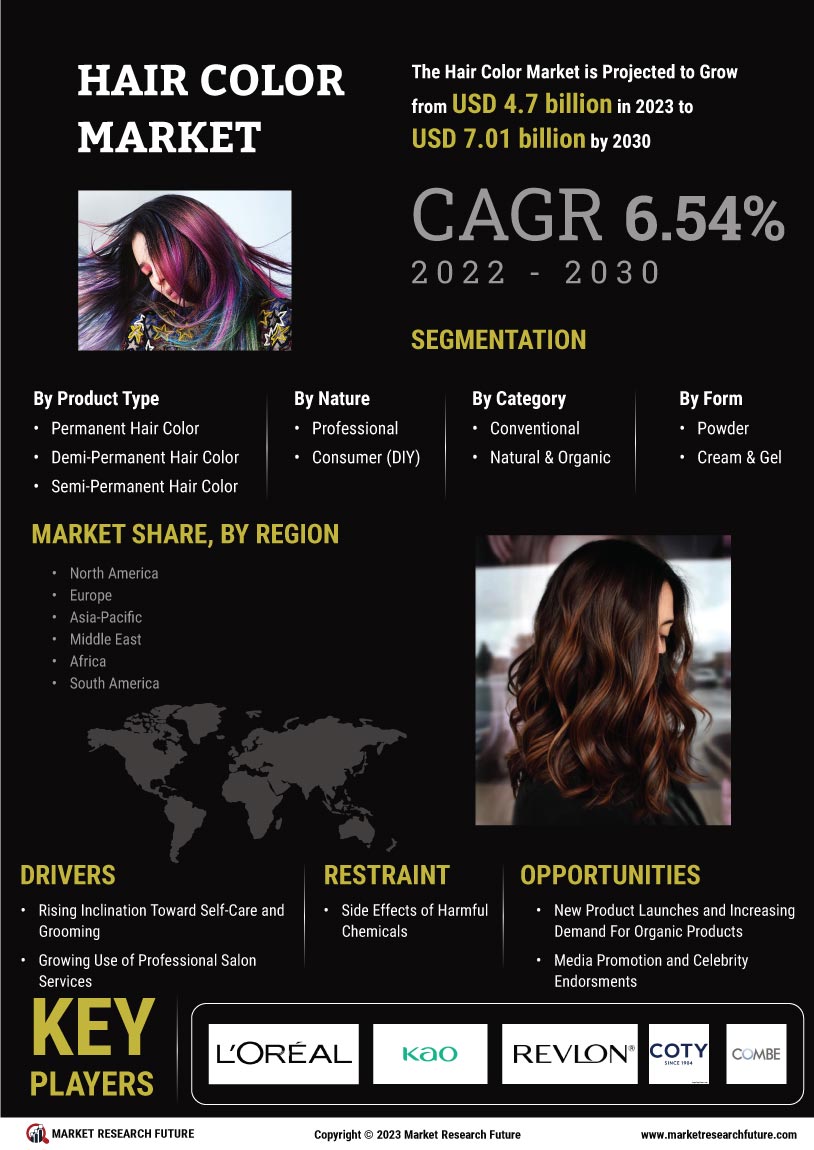

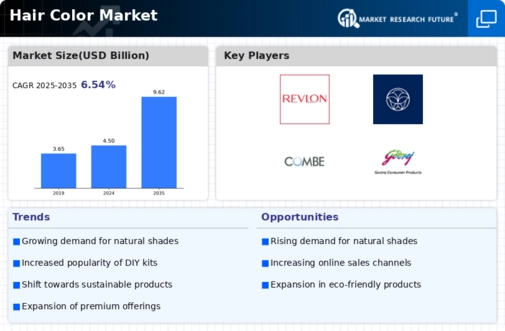
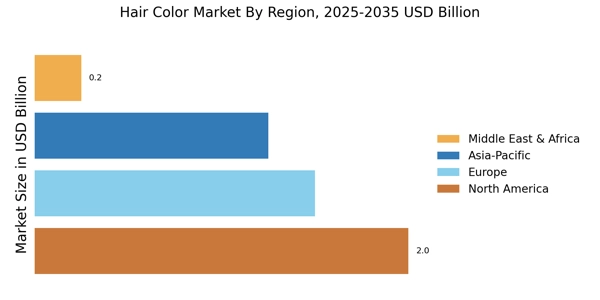




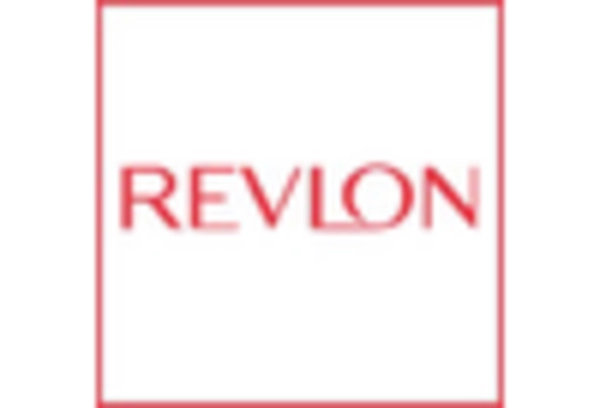
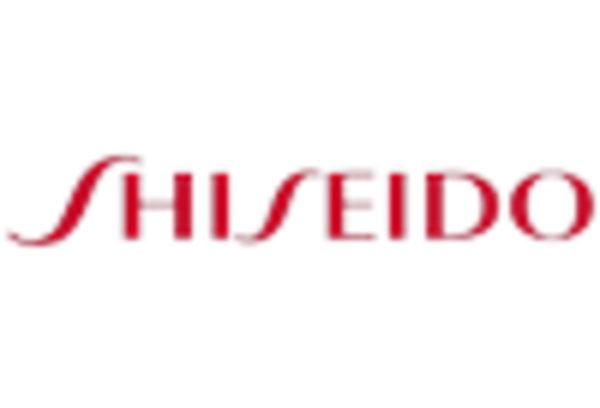








Leave a Comment